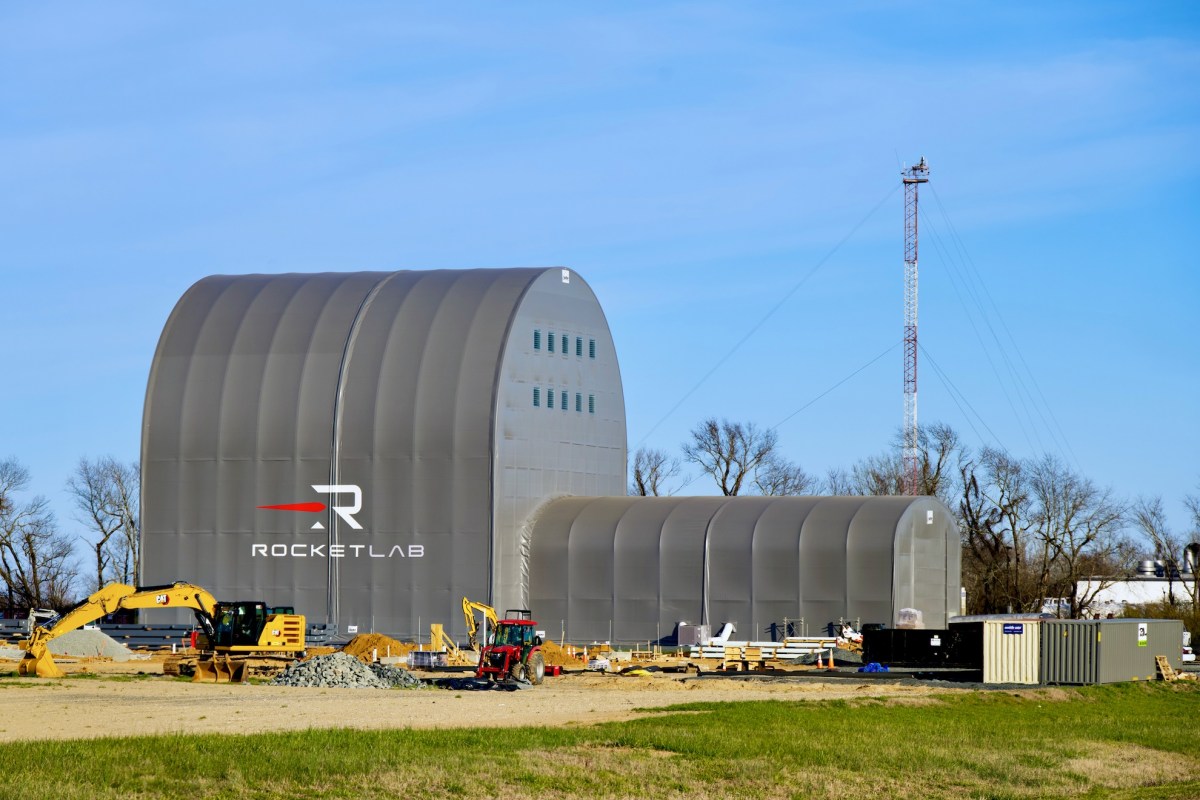Rocket Lab has asked regulators for permission to transport oversized Neutron rocket structures through shallow waters to a spaceport off the coast of Virginia as it races to meet a September delivery deadline. The request, which was made in July, is a temporary stop gap while the company awaits federal clearance to dredge a permanent channel to the Wallops Island site.
Rocket Lab plans to launch its Neutron medium-lift rocket from the Mid-Atlantic Regional Spaceport (MARS) on Wallops Island, Virginia, a lower-traffic spaceport that’s surrounded by shallow channels and waterways. The company currently launches its Electron small rocket from this location.
Rocket Lab has a sizable checklist to tick-off before Neutron can make its orbital debut, like mating the rocket stages, performing a “wet dress” rehearsal, and getting its launch license from the Federal Aviation Administration.
Before any of that can happen, the rocket hardware needs to make it onto the island.
Rocket Lab submitted an application for the dredging project to the Virginia Marine Resources Commission in March. In its application, the company touted the benefits of MARS, noting other launch facilities in Florida and elsewhere are highly congested, which could limit launch cadence. MARS, in contrast, “will allow both frequent launch cadence and the return-to-Earth capability of recovering boosters,” Rocket Lab said at the time.
Despite that upside, MARS is constrained in a crucial way: existing maritime infrastructure is limited, and access to the channel – called Sloop Gut – depends on favorable tides.
As Rocket Lab and its co-applicant, Virginia Port Authority, notes in its request, “there is no permanent existing means of providing safe and reliable access for large infrastructure deliveries to Wallops Island.” (Electron is substantially smaller and delivered via road.)
Techcrunch event
San Francisco
|
October 27-29, 2025
Rocket Lab has poured millions into the MARS site to ensure it’s ready to support regular Neutron launches. The company is planning to spend more than $5 million to dredge the roughly mile-long Sloop Gut, so barges can perform regular deliveries of large Neutron rocket components.
The dredging project was approved by VMRC in May, but the company has yet to start digging because it’s still awaiting federal sign-off from the Army Corps of Engineers.
As the company waits for federal approval, Rocket Lab and VPA are seeking permission to use a temporary method called “kedging” to ensure the first five hardware deliveries can arrive on schedule starting in September.
The company has said it plans to launch Neutron’s maiden test mission in the second half of 2025. But the dredging application and Rocket Lab’s separate kedging request suggest that it’s not hardware delays, but maritime access that could be a bottleneck for the first launch.
Kedging, a little-known nautical method, is used to ensure the barges can safely navigate the existing shallow channel. Workers would use a series of anchors and lines to steer the barge through the shallow waters. The company is seeking permission to use this method through the end of June 2026 or until the dredging work is complete, whichever comes first.
It’s unclear how long the dredging project will take. In the case that the kedging request is not approved in a timely manner, Rocket Lab said in its application that it would be able to transport structures over the beach using ramps and cranes. The company received permission for up to three beach barge landing test events – but these cannot take place between March 15 and August 31, so it is far from a long-term solution.
In the dredging application, the company detailed several other alternative methods to get hardware on the island, like transporting it by road or public boat ramp. However, these methods were ultimately deemed infeasible for reasons such as cost, infrastructure limitations, and the weather.
Rocket Lab did not respond to TechCrunch’s request for comment. Both filings highlight the importance of maritime access for Rocket Lab’s Virginia ambitions.
The sooner the company can start dropping kedge anchors in time to receive the hardware shipments, the sooner it can start knocking off the rest of its pre-flight checklist.
